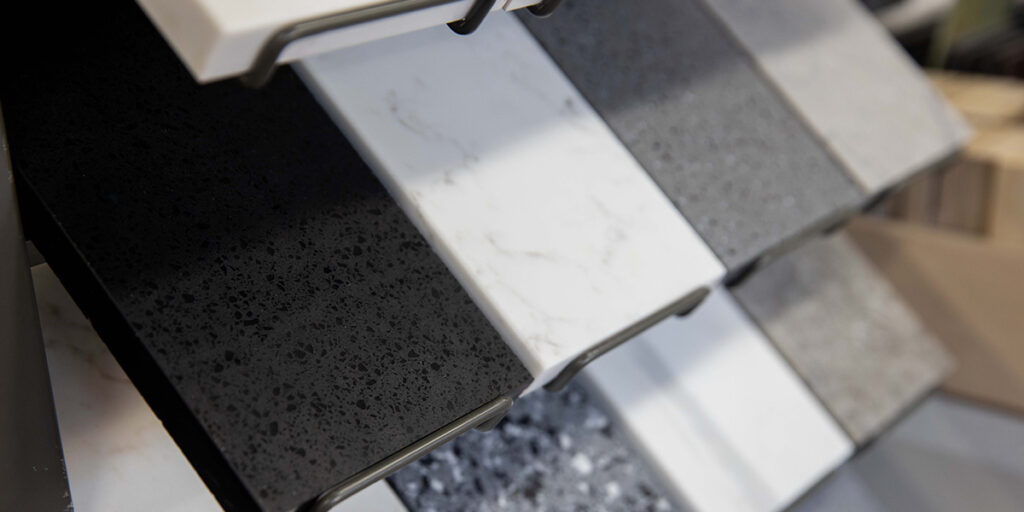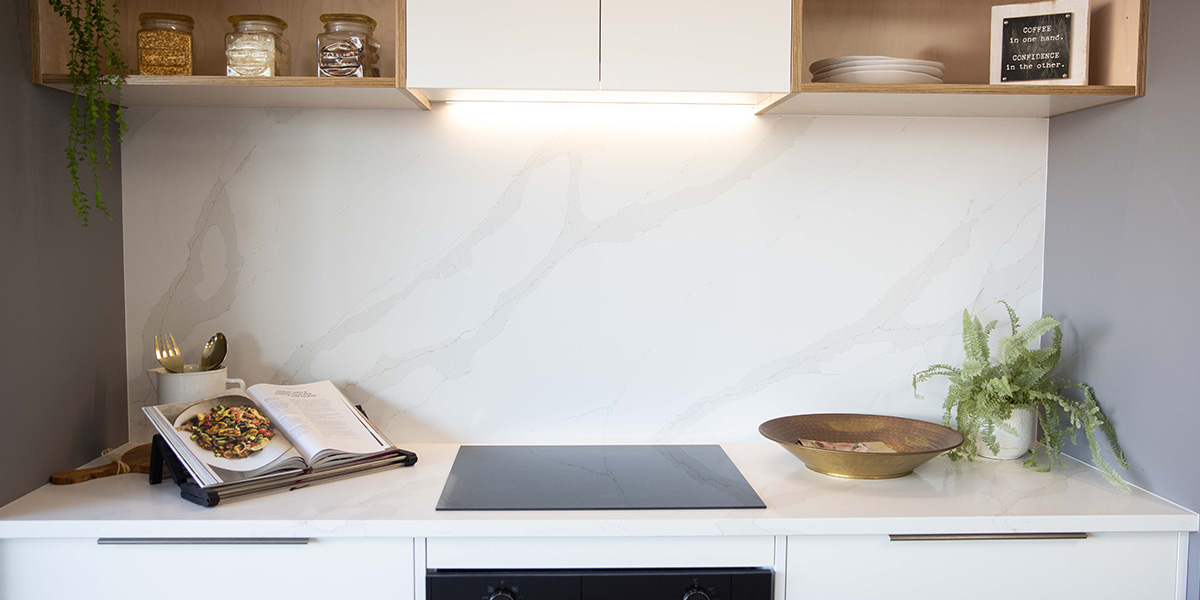Common Elements to Consider in Kitchen Spatial Design
The elements of spatial design for kitchens can vary depending on the specific layout and style of the kitchen, but here are some common elements to consider:
Layout
The layout of the kitchen should be designed for optimal flow and efficiency. Common layouts include the U-shape, L-shape, and galley. The layout should provide enough space for cooking, food preparation, and storage.
Work Zones
It is important to organise the kitchen into functional work zones such as cooking, food preparation, and cleaning areas. This helps to make the kitchen more efficient and user-friendly.
Storage
Adequate storage is essential in a kitchen. The kitchen should have enough cabinets, drawers, and shelving to store all necessary equipment, utensils, and food items.
Countertops
The countertops should be durable and easy to clean. Common materials used for countertops include granite, quartz, and laminate.

Lighting
Lighting is an important element of spatial design for kitchens. The kitchen should have adequate lighting for both task and ambient purposes.
Flooring
The flooring should be durable, easy to clean, and slip-resistant. Common choices for kitchen flooring include tile, hardwood, and vinyl.
Appliances
The appliances in the kitchen should be chosen based on the needs of the household. The size and placement of the appliances should also be considered in the overall spatial design.
Colour and Materials
The colour and materials used in the kitchen can impact the overall feel and aesthetic. Choosing colours and materials that complement each other can create a cohesive and visually appealing design.
Ventilation
Proper ventilation is important in the kitchen to remove cooking odours and excess moisture. A range hood or ventilation system should be installed to ensure adequate ventilation.




